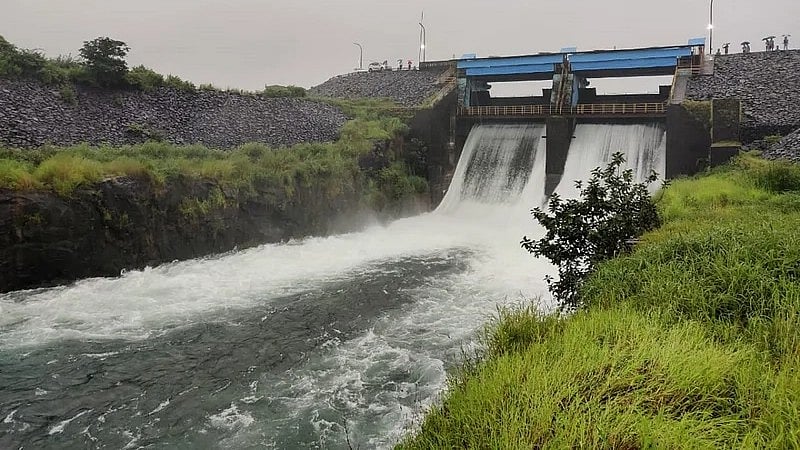Relief For Navi Mumbaikars! Morbe Dam Holds Sufficient Water Storage To Last 5 Months; NMMC Advices Residents For Responsible Usage | File
Navi Mumbai: The Morbe Dam, the main water supply for Navi Mumbai, presently contains sufficient reserves to meet the city’s water requirements. Even if the monsoon arrives late, residents shouldn’t be concerned about water shortages until August. Currently, the dam has enough water to sustain for 149 days.
Regardless of enough water supply capacity, the city council is encouraging residents to conserve water wisely. The city benefits from a continuous water supply around the clock from the Morbe Dam, managed by the municipal corporation and situated in Khalapur Taluka.
The Municipal Commissioner Advocates for Responsible Water Usage Even though the dam has sufficient water storage, the municipal corporation stresses the need for responsible water consumption. Municipal Commissioner has urged residents not to use water hoses for washing housing society areas or vehicles.
Municipal Commissioner Dr. Kailas Shinde has also encouraged individuals to refrain from wasting drinkable water and to make sure that faucets are not left open unnecessarily. Water Supply in Morbe Dam storage capacity of Morbe Dam is 190 MCM (Million Cubic Meters) and the current storage is numbered at 102 MCM water which is enough for the city for 149 days.
The abundant rainfall in the dam’s catchment area last year contributed to filling the reservoir to its full capacity, avoiding a critical water shortage this season. Nonetheless, various regions in the state are currently facing water shortages, as some cities close to Navi Mumbai encounter significant crises.
In impacted regions, inhabitants are facing low water pressure and insufficient supply. Numerous families are currently dependent on water tankers, resulting in increasing frustration during the ongoing crisis.
The Maharashtra Industrial Development Corporation (MIDC) area, which is under the governance of the municipal corporation, has significant slum communities that rely on MIDC for their water needs. Nonetheless, numerous inhabitants in these regions get inadequate water for several reasons. In the last two to three years, the problem has escalated, leading residents to call for a sufficient and reliable water supply—particularly in the summer.
